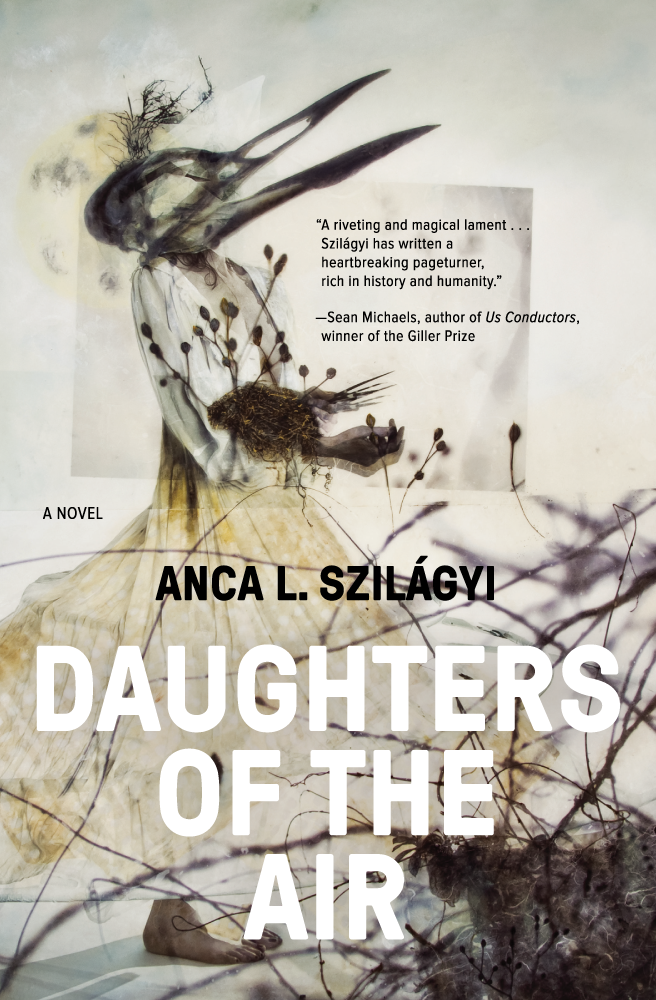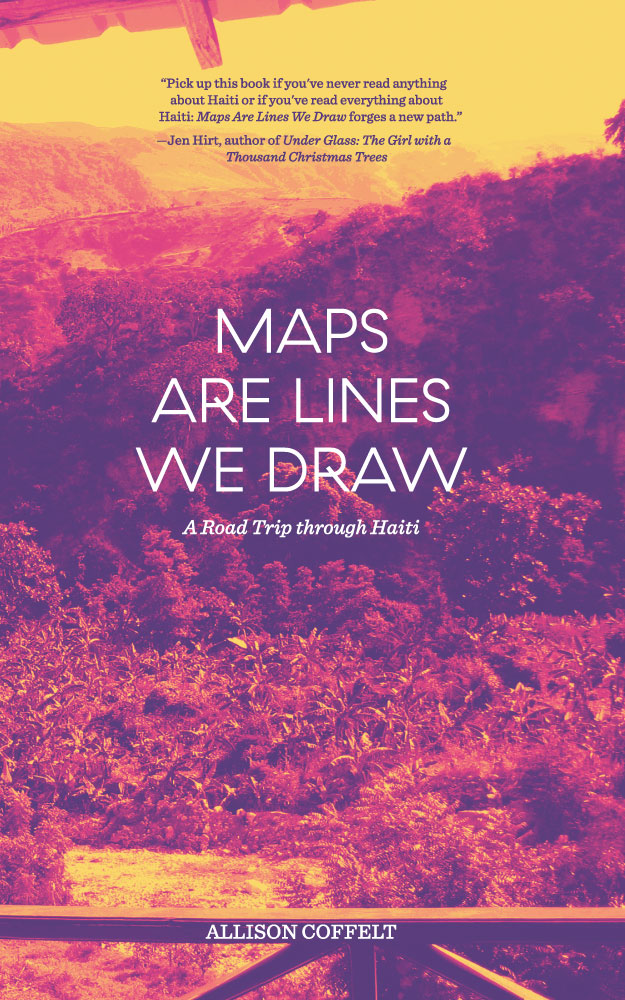These are the Astonishing Tales of
Boom
We're thrilled to share the cover of Charlie J. Eskew's debut novel, Tales of the Astonishing Black Spark, forthcoming from Lanternfish Press on September 4 - and just in time for Comic Con weekend.
We asked Charlie for a few thoughts on the final version of the cover:
The first time I had the chance to talk to Ron I was able to give him an overview of the character, and he’s seemed to capture everything that mattered to bringing Donald to life, and then some. I always had this murky image while writing Donald, and when I discussed my ‘ideas’ during our Skype call that was probably apparent. Ron was able to strain out all the ridiculous bits of my rant though and form a character that leaps off the page, something that is pretty astonishing. (Yeah, that was cheap, but I stand by it…)
He captured all the elements of Donald’s powers, and it made SO much sense to have his costume inspired by the 90’s era of comics, which Donald is most tied to. Looking at the cover for the first time kind of hit me harder than I’d expected. It wasn’t what I’d been expecting, it was so much more, and I can’t express my gratitude enough for the care that went into producing it.
Preorders for Tales of the Astonishing Black Spark are now open! The first 50 preorders through the Lanternfish Press website will include a trading card and signed bookplate. You can also preorder Spark through your local independent bookstore, Barnes & Noble, or other online retailers.
(And don't forget to add Tales of the Astonishing Black Spark on Goodreads!)
You can find more of Ron Ackins' work on Instagram and Tumblr.








